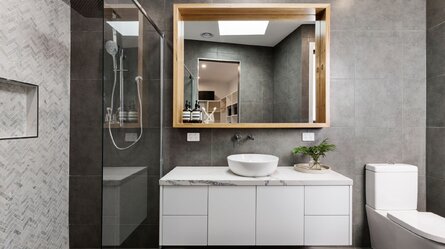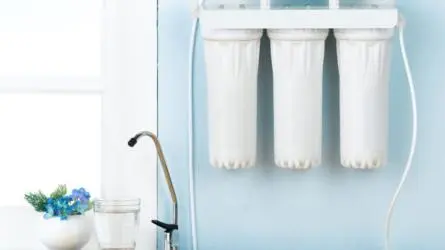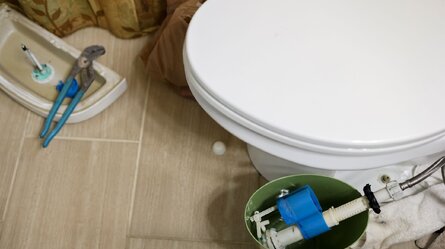Thinking about a home renovation? Have you considered the role gas could play?
Gas fittings are quietly becoming a staple in renovation plans—not just for kitchens but for heating, BBQ areas, and even statement fireplaces. As lifestyles shift towards comfort and energy-conscious design, more Perth homeowners are embracing gas for its efficiency and versatility.
Gone are the days when gas was limited to stovetops. Now, it’s about warming up winter nights with indoor heaters or sizzling up Sunday lunches on an alfresco BBQ. But with these modern comforts comes the need for smart planning. Gas systems must be installed safely, comply with strict regulations, and be efficient for long-term use.
Incorporating gas into your renovation isn’t just about ticking boxes—it’s about future-proofing your home with reliable, accessible energy. It all starts with understanding gas points.
What is a Gas Point? And Why Does It Matter?
A gas point is simply a connection where gas—either natural gas or LPG—can be safely delivered to appliances.
Think of it as the plug that powers your gas BBQ, stovetop, or heater. Gas points are the access points through which appliances draw their fuel, and their placement directly impacts how conveniently and efficiently you use gas throughout your home.
Well-positioned gas points can transform your daily routine. A kitchen cooktop that lights instantly. A patio BBQ that’s always ready to go. A heater that warms your lounge at the flick of a switch.
Common installation areas include kitchens, alfresco spaces, and lounge rooms. Each location serves a purpose, whether it’s fuelling indoor comfort or outdoor entertainment. During renovations, where you place these gas points can affect not only function, but energy usage and future adaptability. It’s a small detail with big implications.
Planning for Gas During Renovations
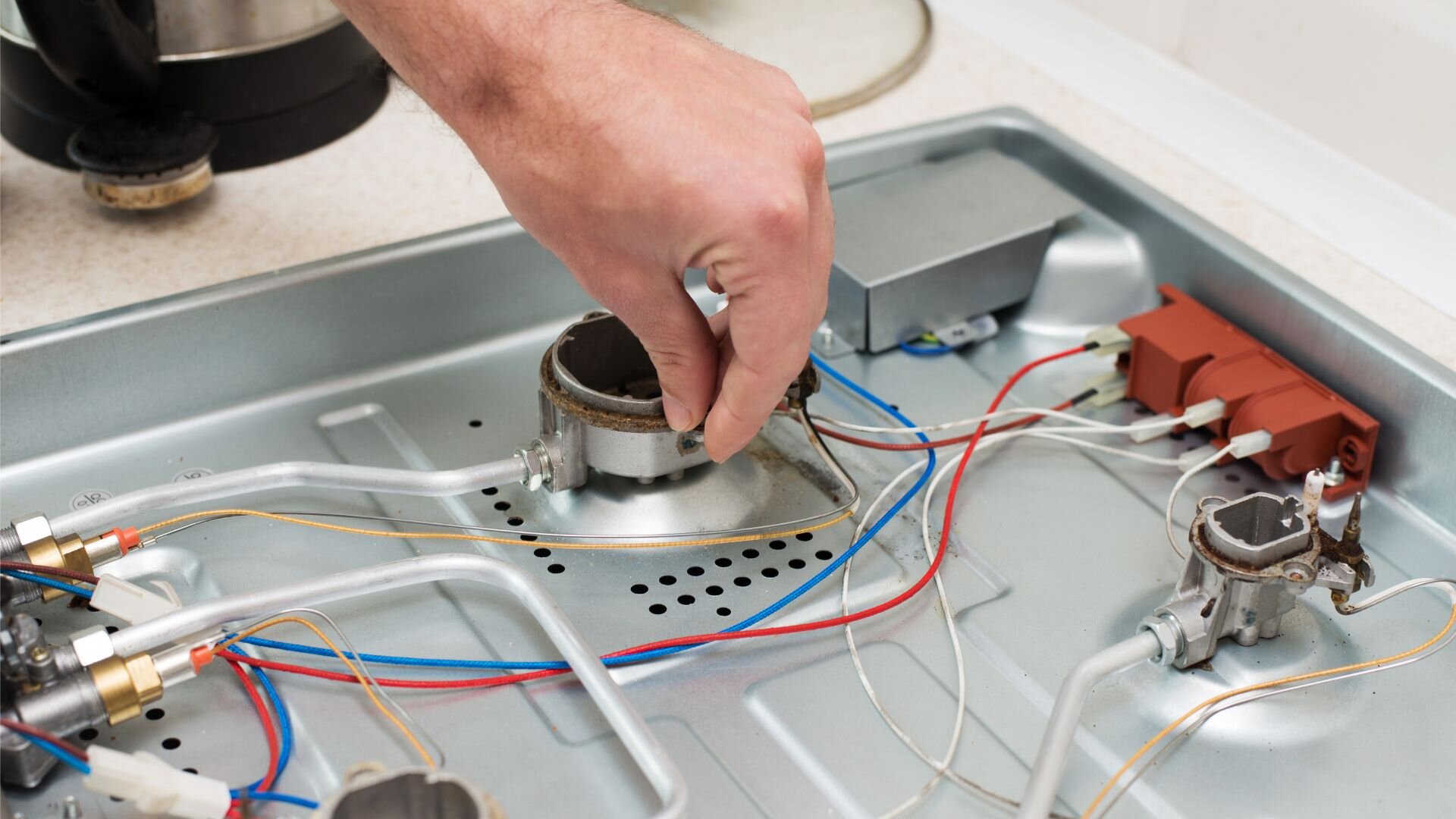
It’s tempting to focus on tiles, colours, and finishes, but planning your gas fitting early can save major headaches later.
Gas points aren’t just plug-and-play. They need to be carefully integrated into your renovation blueprint. That means early collaboration between your builder, electrician, and a licensed gas fitter. Leaving gas decisions too late can lead to retrofitting nightmares—think drilling into finished walls or rerouting pipes around cabinetry.
Common oversights include not factoring in appliance locations, underestimating gas load (especially if you’re adding multiple gas-fueled appliances), or forgetting to allow clearance for connections. These details matter—and they can be costly to fix if left until the end.
For example, installing a new gas cooktop in a kitchen island but forgetting to account for pipe access underneath? That’s an expensive fix.
A pre-renovation consultation with a licensed gas fitter ensures your layout, appliances, and compliance are all aligned from the start. This small step can help you avoid delays, safety risks, and unexpected costs while delivering a seamless, smart gas solution.
Explore our Renovation Plumbing Services
Safety First: Legal Requirements and Compliance in WA
Why Licensing Matters
In Western Australia, gas fitting isn’t a DIY job—it’s a strictly licensed trade. That means only certified professionals can legally install or modify gas systems.
Licensed gas fitters are trained to Australian standards and carry the appropriate tools, insurance, and know-how to do the job safely. This protects not just your home, but your family, too.
What the Law Says
All gas installations in WA must comply with regulations outlined by Building and Energy (WA). After any new installation or modification, your gas fitter must provide a Gas Compliance Certificate. This document confirms that the work meets safety and regulatory standards and is essential for warranty and insurance purposes.
Failure to comply? Apart from potential gas leaks or fire hazards, fines can reach thousands of dollars. Worse still, it could void your home insurance if something goes wrong.
Don’t take shortcuts. Trust only licensed professionals who understand WA’s laws and safety obligations.
Types of Gas Points and Where They Fit Best
Gas points come in a few varieties, each suited to different needs and spaces:
- Bayonet fittings: These are quick-connect outlets perfect for portable gas heaters. Common in lounges or open-plan areas.
- Fixed wall outlets: Ideal for outdoor BBQs or permanent appliances like wall-mounted heaters.
- Under-bench fittings: Discreet and great for kitchen cooktops or integrated appliances.
When choosing your gas point type, consider the location and how the appliance will be used. Indoors, aesthetics and access matter. Outdoors, weather protection and durability are key.
Gas points can be installed for both natural gas and LPG setups, though the fittings and placement may vary slightly. Natural gas offers a continuous supply and is common in metro areas, while LPG suits rural or off-grid homes.
Use-case example: A growing number of Perth homes are now adding gas points to their outdoor kitchens, combining built-in BBQs with heating options for year-round entertaining.
Each home is different, so your layout and energy use should guide your gas point choices.
Benefits of Professional Gas Installation
Safety is a given, but the benefits of professional gas installation go further.
Experienced plumbers ensure correct pressure regulation, precise appliance compatibility, and optimal gas flow. This doesn’t just improve performance—it extends the life of your appliances and saves on energy costs.
Professionals also run leak detection tests and system diagnostics before sign-off, giving you peace of mind from day one.
But beyond the tools and testing, a great gas fitter is also a trusted advisor. They’ll help you decide where to install points, how to future-proof your space, and which fittings match your lifestyle.
A skilled plumber doesn’t just install—they help design smarter, more efficient homes.
When to Upgrade or Relocate Gas Points
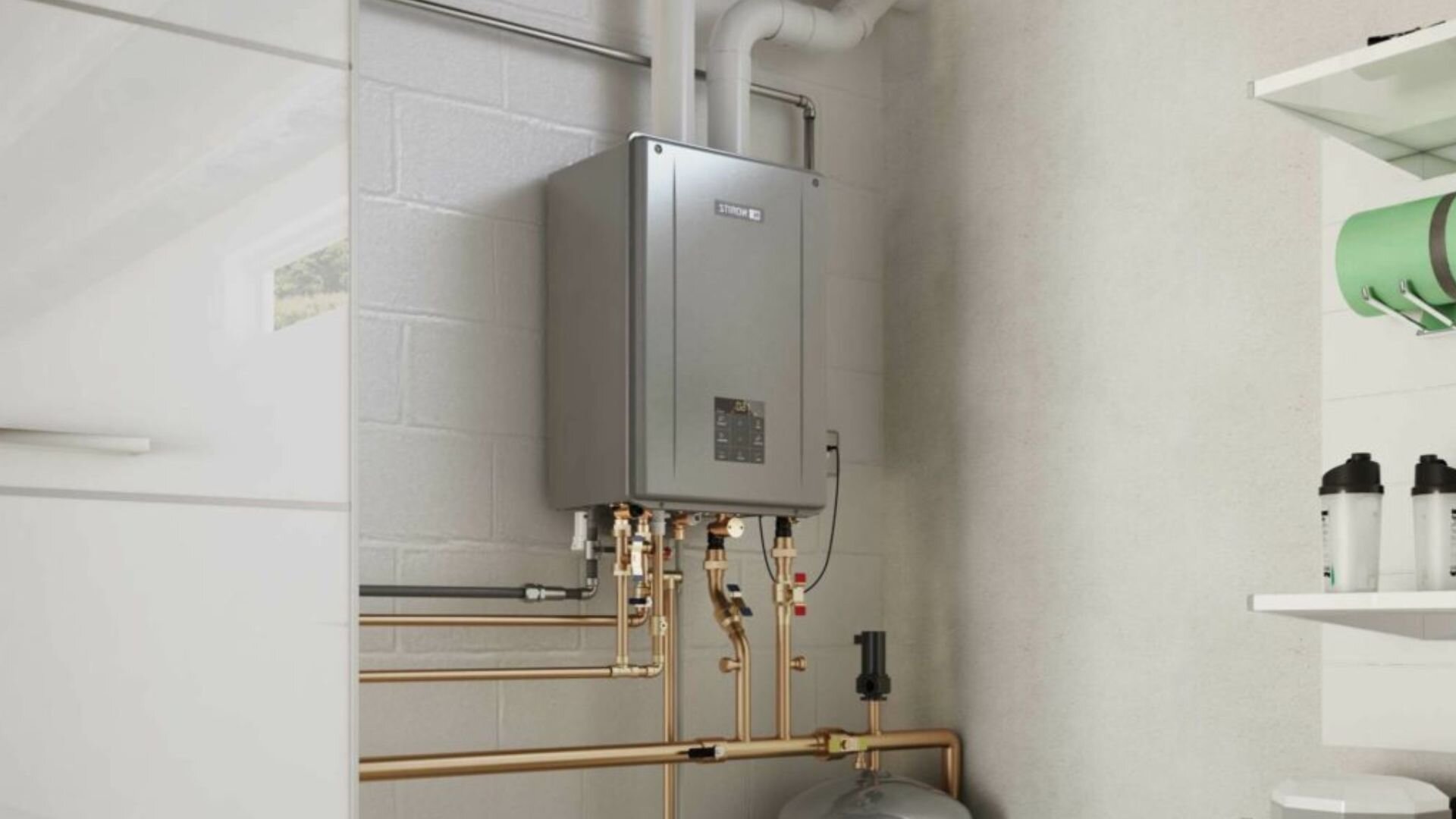
If you’re moving your kitchen, converting to open-plan living, or upgrading old appliances, it might be time to shift or upgrade your gas points.
Older homes often have fittings that no longer meet safety standards or can’t support modern gas loads. Relocating points during renovations can improve appliance performance, safety, and even open up new layout options.
Upgrading isn’t just practical—it’s an energy-smart move that prepares your home for future needs.
Your Trusted Experts in Gas Point Installation
Ready to bring the heat to your renovation?
At Woolf Plumbing, we understand the power of proper gas point installation.
Our Perth-based team has a strong reputation for safe, compliant, and tailored gas solutions that fit your home’s unique needs. We don’t just show up with a wrench—we come prepared with insights, experience, and a commitment to getting it right the first time.
From indoor kitchen upgrades to alfresco BBQ fit-outs, we help homeowners across Perth plan smarter, safer renovations with lasting impact.
Contact us today for our licensed gas fitters today to make your renovated space safer and smarter.


